Imagine being a curious student or an aspiring researcher wondering "how long does it take to read a scientific paper" and eager to delve into the fascinating world of scientific knowledge. Excitedly, you grab a complex scientific paper, hoping to absorb groundbreaking insights, but as you start reading, confusion sets in. The jargon-laden language, the intricate graphs, and the sheer volume of information overwhelm you. You find yourself lost, frustrated, and yearning for guidance on how to read a research paper.
Reading a scientific or scholarly research article for the first time can be an intimidating experience, leaving many feeling overwhelmed and confused. The lack of not knowing how to read a scientific paper regarding effective reading strategies plays a significant role in this decline in reading ability. As a result, reading scientific papers often falls by the wayside.
To bridge this gap and empower you to navigate scientific papers with confidence, this guide presents a step-by-step approach to how to read a scientific paper effectively with Al and how long it takes to read a research paper. Read till the end!
Part 1. What is the Most Effective Way to Read Scientific Papers?
For scientists, how to read a research paper constitutes a substantial part of their work, whether it's staying updated in their field, advancing their scientific understanding, reviewing manuscripts, or gathering information for projects or grant applications. However, scientific articles differ from other types of texts, such as novels or newspaper stories, requiring a different approach to reading. One of the most effective ways to read research papers is using UPDF. It is a powerful reading tool providing practical capabilities on how to read research papers efficiently and fast.
Key features:
- UPDF provides various reading tools that help you to take notes, underline text, etc. for reading scientific papers thoroughly.
- UPDF supports summarizing, translating, writing, rewriting, grammar checking, etc. with the AI assistant.
- While integrated with AI features, UPDF helps you to read scientific papers fast and to get a deep understanding of their topics.
- With the OCR feature, UPDF can convert your scanned scientific paper to an editable format and allows you to edit digital papers directly with its editing tools
Don't miss out – download UPDF and try it now!
Windows • macOS • iOS • Android 100% secure
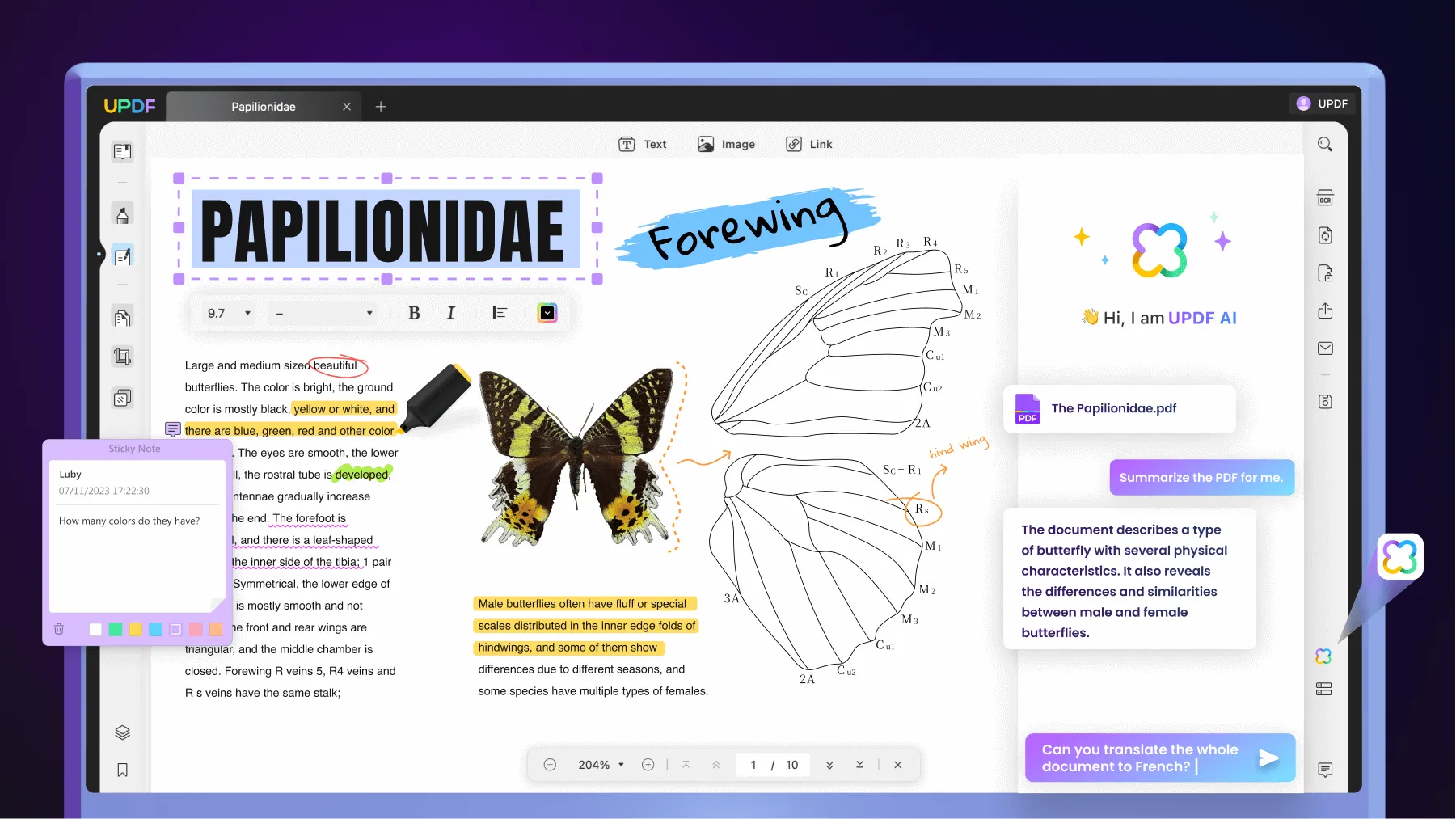
Part 2. Steps/Guidelines For Reading Scientific/Research Papers
1. Start by reading the abstract
To begin your research paper reading journey effectively, prioritize reading the abstract first. The abstract serves as a concise summary, outlining the study's purpose, methodology, results, and conclusion. UPDF AI is an alternative way to get an accurate summary of your research paper, you can use it to read research papers for free. By examining the abstract, you can quickly determine if the paper aligns with your interests and merits further exploration. This proactive step saves time and effort, ensuring you invest your energy in the most relevant research. Don't overlook the valuable insights the abstract provides; it acts as a gateway to the entire paper's content. You can try it for free by downloading it.
Windows • macOS • iOS • Android 100% secure
2. Read the introduction
When embarking on reading a research paper, dedicate ample time to the introduction. This section provides crucial background information on the topic, offering insights into prior research conducted in the same area. Delve into the introduction to understand why the researchers chose to undertake this study. If the topic is unfamiliar, invest even more time in comprehending this section thoroughly. The introduction sets the stage for the entire paper, outlining its significance and objectives. By grasping the context and rationale behind the study, you'll establish a strong foundation for comprehending the subsequent content.
3. Read the conclusion
Prioritize reading the conclusion section of the research paper, as it serves as a crucial component in understanding if the goals outlined in the abstract have been achieved. This section allows you to assess whether the described work aligns with your own study's interests. Additionally, pay attention to the plots and figures included, as they offer a valuable first impression of the paper's findings. The conclusion summarizes key insights and implications, helping you assess the paper's relevance for your study.
4. Skim the article
Quickly skim the article for a basic overview in just a few minutes. You're not aiming to fully comprehend it yet. Focus on the discussion/conclusions to assess the relevance to your research. Consider continuing to the Introduction. Pay attention to the article's structure, headings, and figures for a preliminary understanding.
In this process, you can utilize UPDF's AI to quickly get the summary of the paper by uploading it to UPDF. Explore it by yourself!
5. Read the paper a second time
After skimming the article initially, read it a second time in chronological order. This reinforces your understanding and helps you make connections to related articles. You can use UPDF to translate foreign words or explain definitions. Subsequently, read the entire article from start to finish, following the order of sections. This approach allows you to grasp the authors' intended flow of work and effectively comprehend their communicated findings. During the process, you can ask UPDF AI any questions about the scientific paper, it will answer all your questions instantly and accurately. Try UPDF for free by clicking the download button below.
Windows • macOS • iOS • Android 100% secure
6. Reflect on the research paper
As you read, engage in reflection and draw your conclusions. Jot down any questions that arise, as they may be answered later or reveal aspects the authors overlooked. You can use UPDF for taking notes with its annotating tool, sticky notes. Consider questions like: Have I understood all the terminology? Is the research credible? What problem does it address, and why is it significant? How do the results relate to my research interests or other works I've read? Through critical analysis, gain a deeper understanding and discern the paper's relevance to your academic pursuits.

7. Read the bibliography/references section
Don't overlook the bibliography/references section. Exploring the listed references can lead you to valuable additional resources. By perusing these works, you'll gain insights into basic terminology, main concepts, prominent researchers, and foundational knowledge in your research area. This step broadens your understanding and opens doors to further exploration, enriching your knowledge and supporting your academic endeavors.
Ready to enhance your research journey? Download UPDF now and explore its powerful features firsthand!
Windows • macOS • iOS • Android 100% secure
Part 3. FAQs About Reading Scientific Papers
Q1. How long does it take to read a scientific paper?
The answer to how long should it take to read a scientific paper depends on the individual. However, the process of reading a scientific paper thoroughly and comprehensively usually takes around 3 to 6 hours. It's important to be prepared for multiple passes through the paper, extracting various information and gaining a deeper understanding with each read.
Q2. What is the most important part of a scientific paper?
The pivotal component of a scientific paper is undoubtedly the conclusion. Being the last and most significant section, it summarily encapsulates the entire article, leaving a lasting impact on readers' minds. Crucially, it highlights the principal findings, serving as the key take-home message for the audience to remember.
Q3. What questions should you ask when reading a scientific paper?
You can ask UPDF AI when you are tackling text-related problems. According to UPDF AI's response, you can employ the following questions when reading a scientific paper:
(1) What is the main research question or objective of the study?
(2) What is the methodology or experimental design used in the study?
(3) Are the results presented clearly and supported by sufficient evidence?
(4) What are the main conclusions drawn from the study?
(5) Are there any limitations or potential biases in the research?
(6) How does this study contribute to the existing body of knowledge?
(7) Are there any potential applications or implications of the findings?
(8) Are there any unanswered questions or avenues for further research?
(9) Overall, is the paper well-written and does it provide a valuable contribution to the field?
Give it a try on your own!
Windows • macOS • iOS • Android 100% secure
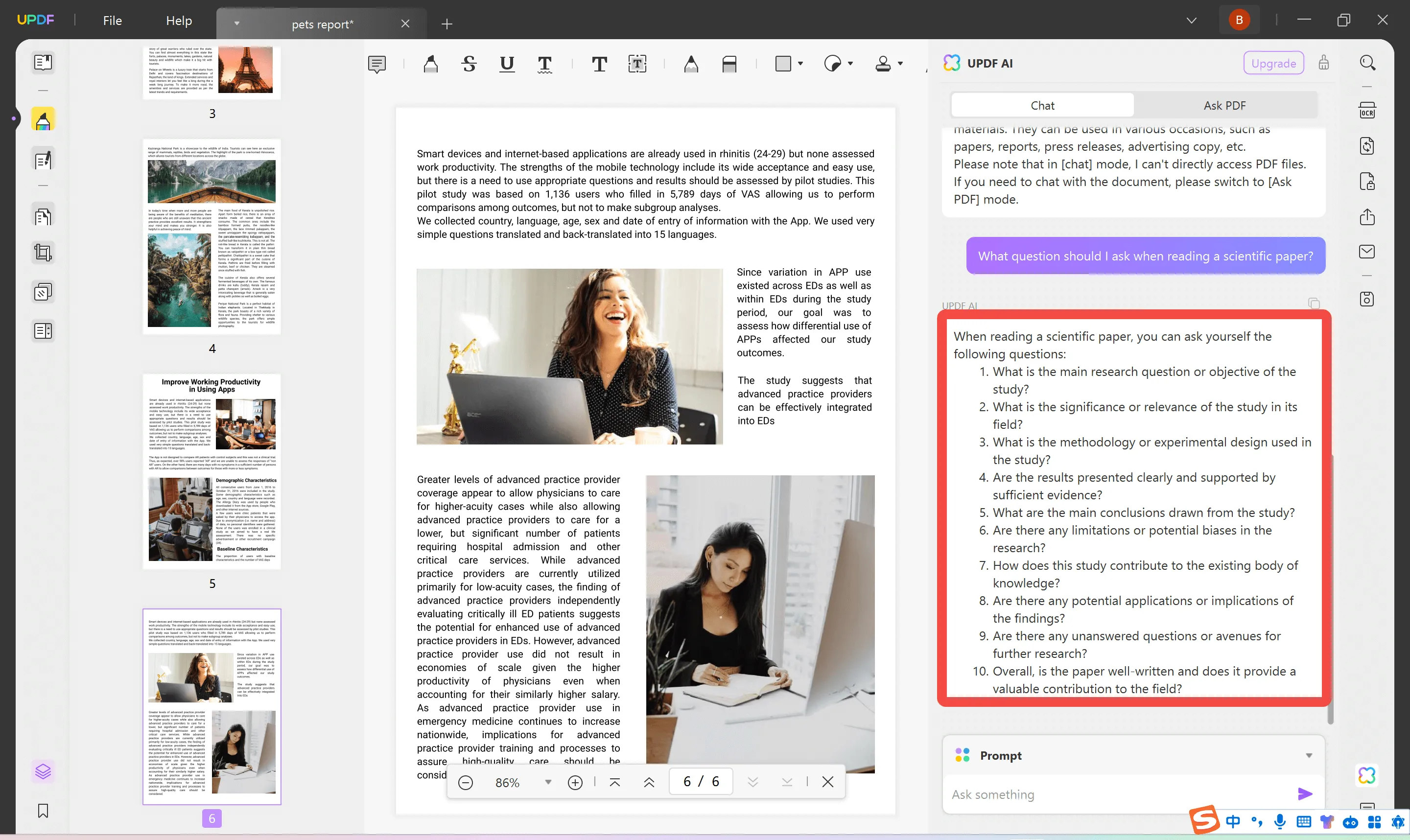
Q4. What makes a paper scientific?
A scientific paper is defined by its representation of original research or study. It contributes to an ongoing field of study, showcasing either groundbreaking discoveries or comparative analyses between various approaches. In essence, a scientific paper serves as a manuscript that advances knowledge and understanding within its respective domain.
Q5. How to tell a good scientific paper from a bad one?
When evaluating the quality of a scientific paper, several key questions come into play. Firstly, consider the main message conveyed by the study. Assess whether the research was conducted with a well-designed approach. Check if the paper has undergone peer review, ensuring expert evaluation. Additionally, verify if the publication appears in a reputable and high-quality journal. Lastly, examine whether the researchers openly disclosed any conflicts of interest. These inquiries aid in distinguishing reliable and credible scientific papers, ensuring that your research and studies are built upon trustworthy foundations.
Conclusion
Reading scientific research papers requires a diligent approach. Beyond mere comprehension, critical analysis and evaluating the paper's reliability are essential. By employing a systematic reading strategy, you can make the most of the valuable insights these papers offer, fostering a deeper understanding of your subject area. For a seamless research experience, utilize UPDF. With UPDF, you can confidently navigate scientific papers and make the most out of your academic journey.
Windows • macOS • iOS • Android 100% secure
 UPDF
UPDF
 UPDF for Windows
UPDF for Windows UPDF for Mac
UPDF for Mac UPDF for iPhone/iPad
UPDF for iPhone/iPad UPDF for Android
UPDF for Android UPDF AI Online
UPDF AI Online UPDF Sign
UPDF Sign Edit PDF
Edit PDF Annotate PDF
Annotate PDF Create PDF
Create PDF PDF Form
PDF Form Edit links
Edit links Convert PDF
Convert PDF OCR
OCR PDF to Word
PDF to Word PDF to Image
PDF to Image PDF to Excel
PDF to Excel Organize PDF
Organize PDF Merge PDF
Merge PDF Split PDF
Split PDF Crop PDF
Crop PDF Rotate PDF
Rotate PDF Protect PDF
Protect PDF Sign PDF
Sign PDF Redact PDF
Redact PDF Sanitize PDF
Sanitize PDF Remove Security
Remove Security Read PDF
Read PDF UPDF Cloud
UPDF Cloud Compress PDF
Compress PDF Print PDF
Print PDF Batch Process
Batch Process About UPDF AI
About UPDF AI UPDF AI Solutions
UPDF AI Solutions AI User Guide
AI User Guide FAQ about UPDF AI
FAQ about UPDF AI Summarize PDF
Summarize PDF Translate PDF
Translate PDF Chat with PDF
Chat with PDF Chat with AI
Chat with AI Chat with image
Chat with image PDF to Mind Map
PDF to Mind Map Explain PDF
Explain PDF Scholar Research
Scholar Research Paper Search
Paper Search AI Proofreader
AI Proofreader AI Writer
AI Writer AI Homework Helper
AI Homework Helper AI Quiz Generator
AI Quiz Generator AI Math Solver
AI Math Solver PDF to Word
PDF to Word PDF to Excel
PDF to Excel PDF to PowerPoint
PDF to PowerPoint User Guide
User Guide UPDF Tricks
UPDF Tricks FAQs
FAQs UPDF Reviews
UPDF Reviews Download Center
Download Center Blog
Blog Newsroom
Newsroom Tech Spec
Tech Spec Updates
Updates UPDF vs. Adobe Acrobat
UPDF vs. Adobe Acrobat UPDF vs. Foxit
UPDF vs. Foxit UPDF vs. PDF Expert
UPDF vs. PDF Expert

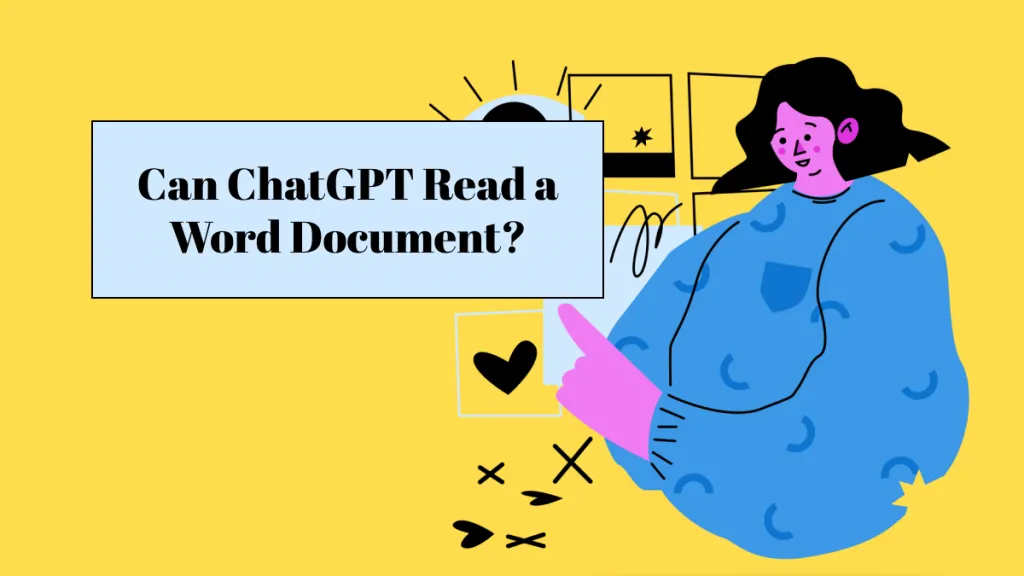



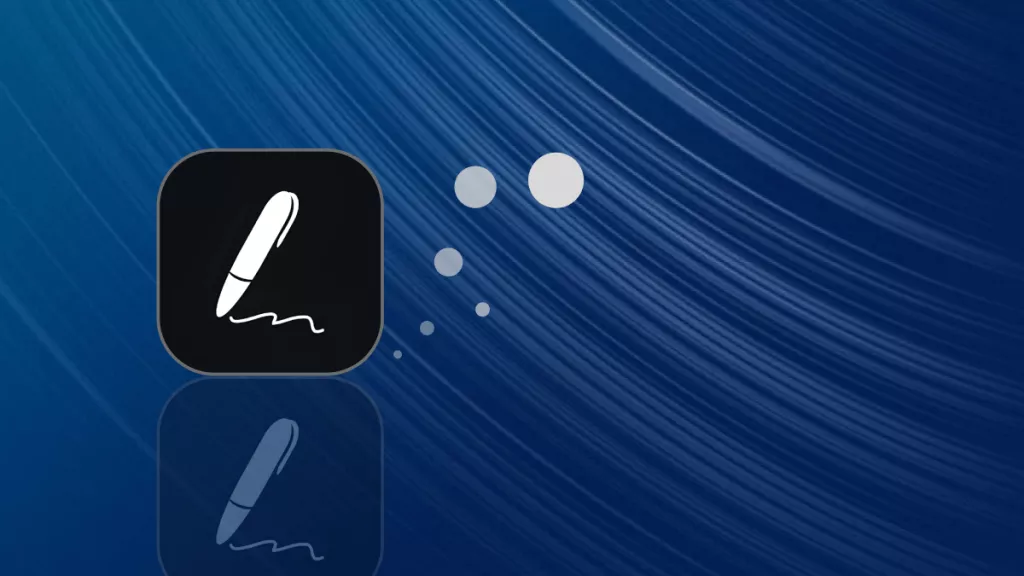
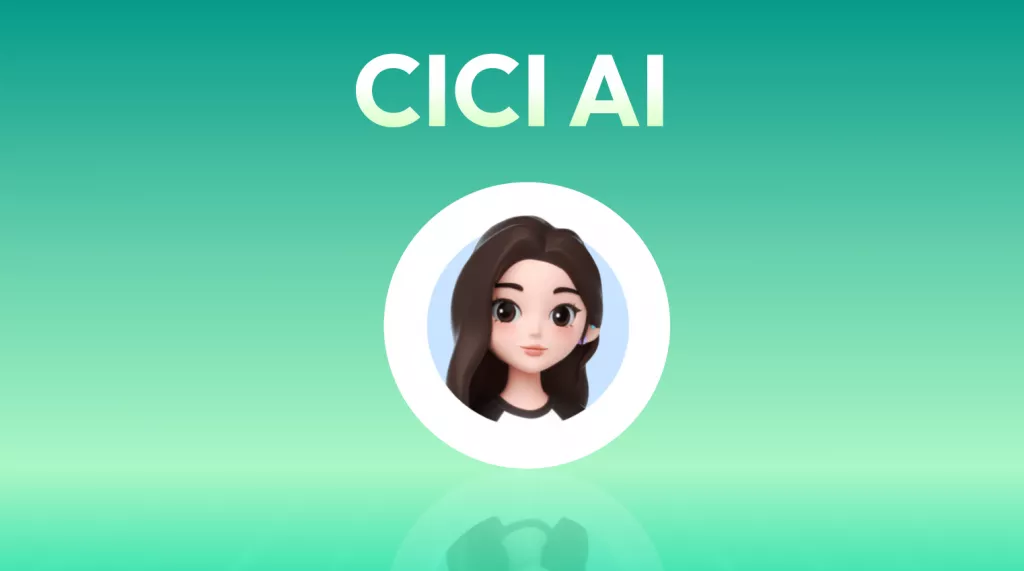

 Enya Moore
Enya Moore 

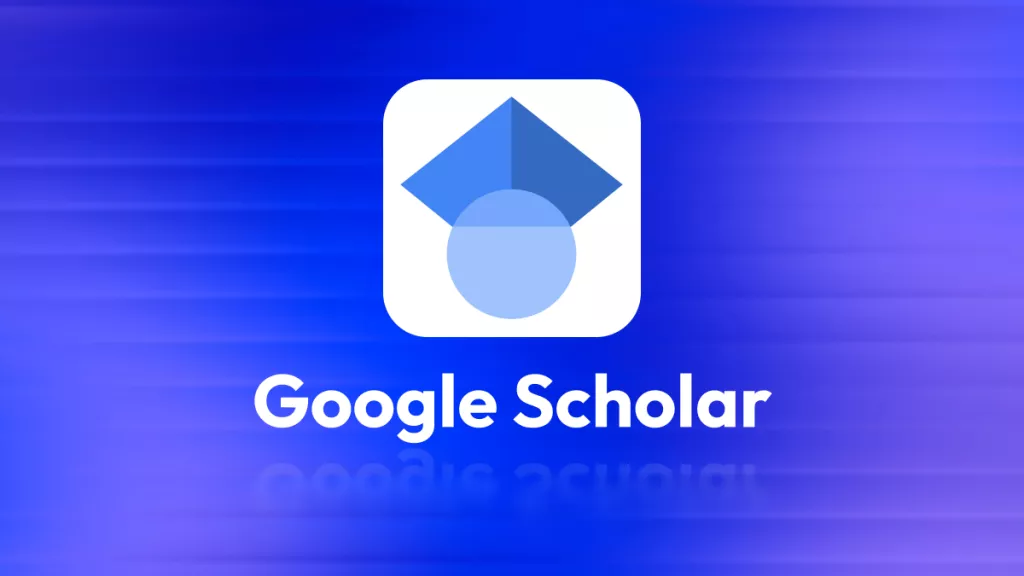
 Enid Brown
Enid Brown 